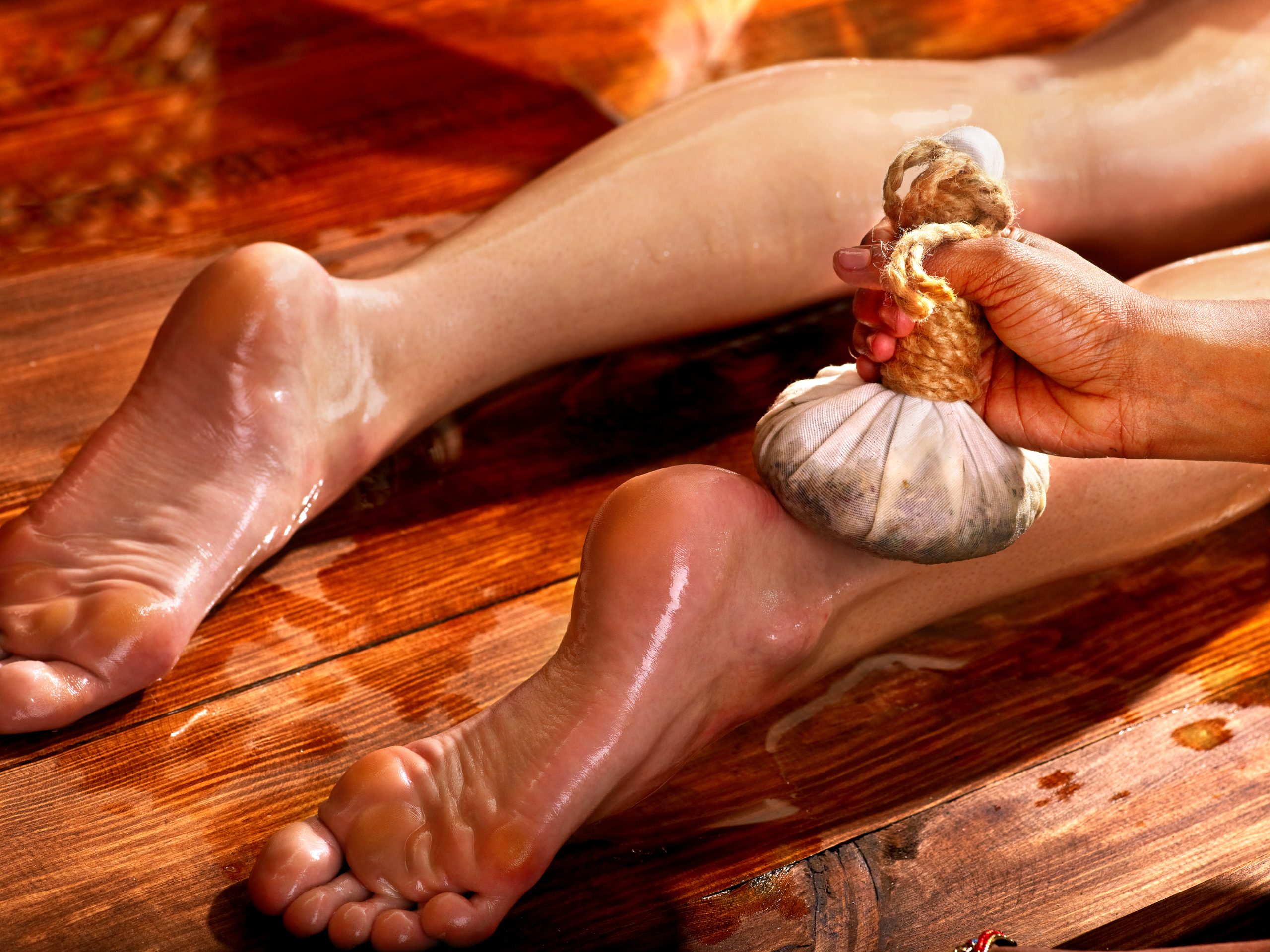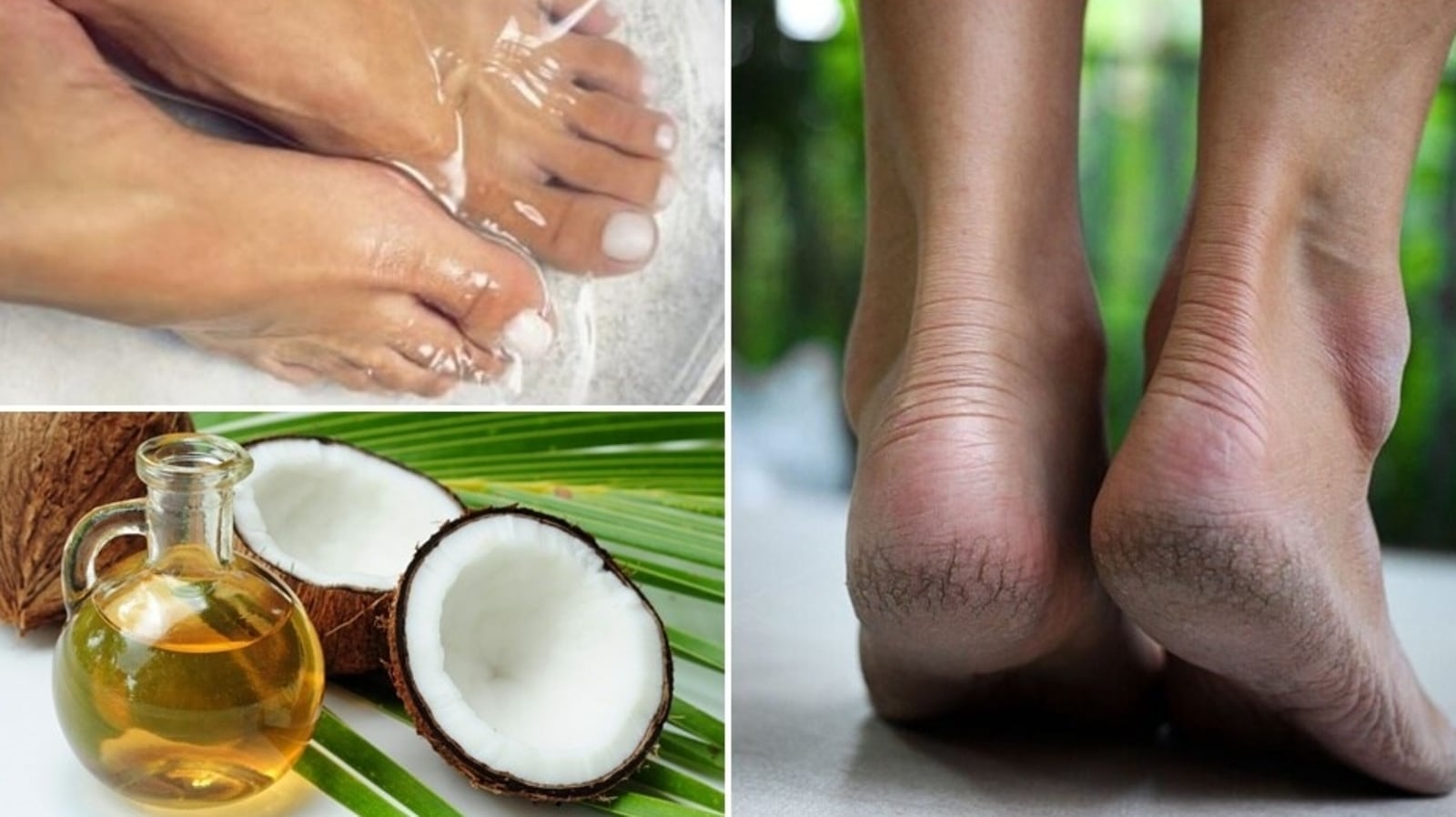

Herbal Remedies for Vatakandaka Nature’s Healing Touch
 Feb 16, 2024
Feb 16, 2024Indroduction:
In Ayurveda, plantar fasciitis is referred to as Vatakandaka, and it is believed to result from the vitiation of Vata, which governs body and mind movements. The vitiation of Vata, along with other doshas and dhatus, leads to sharp, stinging pain in the heel of the foot. Here is a breakdown of the causes, symptoms, and complications associated with plantar fasciitis, along with the Ayurvedic approach to healing

Causes of Vatakandaka:
Flat Feet (Samtalaka)
The lack of proper arch support in flat feet can disrupt the natural balance and support of the foot, leading to Vata aggravation.
Calcaneal Spur (Asthibhagna)
The formation of a calcaneal spur, a bony outgrowth on the heel bone, is associated with Vata vitiation and contributes to plantar fasciitis.
Overstraining Activities (Atiyoga)
Engaging in activities like running, dancing, or long walks, especially on hard surfaces, can strain the plantar fascia, leading to Vata imbalance and heel pain.
Improper Footwear (Anayogika Charma)
Wearing shoes without proper arch support or poorly fitting footwear can disrupt the natural alignment of the foot, contributing to Vata aggravation.
High-Heeled Shoes (Ativishtara Charma)
High-heeled shoes alter the natural position of the foot, leading to imbalance and aggravation of Vata.
Being Overweight (Atisthula)
Excess body weight puts additional pressure on the feet, leading to strain on the plantar fascia and contributing to Vata vitiation.
Weak Calf Muscles (Alpa Pindika)
Weakness in the calf muscles affects the stability of the foot, leading to an imbalance in Vata and contributing to plantar fasciitis.
Walking on Uneven Surfaces (Asamatala Gamanam)
Walking on hard or uneven surfaces, especially without proper footwear, can contribute to Vata aggravation in the feet.

Symptoms
Stabbing Pain (Astra Shula)
The predominant symptom is a sharp, stabbing pain in the heel, particularly near the attachment of the plantar fascia to the heel bone. This pain is often intense and can be described as similar to being pierced by a weapon.
Morning Pain Severity (Pratah Kala: Astra Shula)
Pain is most severe during the first few steps taken in the morning, especially when getting out of bed. This is a characteristic feature of plantar fasciitis and is related to the tightening of the fascia during periods of inactivity.
Pain After Prolonged Standing (Paristhita: Astra Shula)
Prolonged standing or rising from a sitting position can trigger pain in the affected heel. The pressure on the plantar fascia during weight-bearing activities exacerbates the symptoms.
Pain During Activities (Gati Shula)
Activities that involve movement, such as running, walking, or lifting heavy weights, can cause an increase in pain. The mechanical stress on the plantar fascia aggravates the condition.
Pain After Physical Exertion (Vyayama: Astra Shula)
Engaging in physical activities or exercises, especially those involving the feet, can lead to an exacerbation of pain in the affected heel.

Tenderness and Inflammation
The heel may be tender to touch, and there might be signs of localized inflammation around the affected area.
Reduced Flexibility (Sanghata):
Stiffness and reduced flexibility in the affected foot may be noticed, particularly after periods of inactivity.
Swelling (Shotha):
Swelling may be present in the heel region, indicating an inflammatory response to the condition.
Complications (Upadrava):
Chronic Heel Pain (Dina Ratri: Astra Shula):
Untreated Vatakandaka can lead to persistent, chronic heel pain, impacting daily activities.
Gait Abnormalities (Gati: Aniyata)
Altered gait patterns due to persistent pain, affecting other joints and structures.
Issues in Other Body Parts (Asya: Aniyata):
Untreated plantar fasciitis may contribute to problems in the foot, knee, hip, and back, reflecting systemic imbalances.

Ayurvedic Perspective on Plantar Fasciitis:
According to Ayurveda, plantar fasciitis is considered a result of the vitiation of Kapha and Vata. The vitiated Kapha blocks the normal path of Vata and is also associated with Pitta and other dhatus, leading to pain and inflammation. The aggravation of Vata in the ankle-foot region occurs due to walking on hard, uneven surfaces and exertion through physical activities like running, jumping, and sports.

Ayurvedic Treatment Methods:
Abhyanga Oil Massage:
Oil Massage: Warm herbal oil massages on the heels improve circulation, reduce stiffness, and ease pain tailored to the individual’s dosha.
Swedana Heat Therapy:
Heat therapy is applied to the heels, often using heated bricks (Ishtika Sweda), reducing inflammation, enhancing blood flow, and providing pain relief.
Avagaha Foot Soaking:
Foot Soaking: Soaking the feet in warm herbal oils chosen for their anti-inflammatory properties effectively alleviates heel pain and discomfort.
Dhara Medicated Oil Dripping:
Medicated oils are gently poured over the heels, reducing inflammation and pain, promoting relief.
Agni Karma Controlled Cauterization:
Controlled cauterization of specific points on the heel with heat application stimulates blood circulation and aids healing when administered by qualified practitioners.
Panchakarma Procedures:
Panchakarma detoxification therapies balance doshas and include Virechana (purgation), Basti (medicated enema), and Rakta Mokshana (bloodletting) to relieve pain and inflammation.

Diet and Lifestyle Adaptations:
Foods to Eat:
Pumpkin seeds, white beans
Green leafy vegetables like cabbage and spinach
Soya-based foods
Ladies’ finger, beans, carrot, beets, onion
Horse gram, black gram, sesame seeds, flax seeds
Garlic, betel leaves, basil
Red-colored rice
Fruits like orange, pomegranate, berries, and mango
Ghee
Raisins, almonds, dates
Include cinnamon, long pepper, garlic, and ginger in the diet.

Foods to Avoid:
Sugar
Processed grains
Saturated fats
Fried and fast food
Excessively hot, sweet, and spicy foods
Refrigerated foods and ice creams
Cowpeas, peanuts, Indian beans, and Bengal gram
Beverages and soft drinks
Lifestyle Adaptations:
Avoid junk food
Get proper rest after work.
Use well-fitted, supportive shoes.
Avoid high-heeled footwear
Use foot soaks at night and keep your feet warm.
Regular exercise and yoga practice
Maintain a healthy body weight.
Natural Ayurvedic Home Remedies:

Hot water fomentation with Himalayan salt or regular salt: Soaking the feet can reduce pain and inflammation.
Warm brick fomentation: Applying a warm brick to the feet can be soothing.
Alternate hot and cold applications: Alternating between hot and cold compresses can provide relief.
Coconut oil massage: Massaging the feet with coconut oil can improve blood circulation.
Apply ice packs on heels: Cold therapy can reduce inflammation.
Apply a flaxseed pack on the affected area: Flaxseed packs can provide relief.
Wrap cabbage leaves around the heel: Cabbage leaves can have anti-inflammatory properties.
Wrap Calotropis leaves and provide fomentation: Applying Calotropis leaves can alleviate pain.
Immerse the sole in sour buttermilk: Sour buttermilk can have soothing properties.
Fomentation using castor leaves mixed with coconut: Castor leaves have anti-inflammatory properties.
Yoga Asanas for Plantar Fasciitis:

Chair pose: Strengthens the thighs and calves.
Downward Facing Dog Pose: Stretches the calves and arches of the feet.
Thunderbolt pose: Helps relieve tension in the feet.
Straight Leg Raise Pose: Strengthens the legs.
Mountain Pose: Promotes overall balance and strength.
Conclusion:
Ayurveda offers a holistic approach to understanding and healing plantar fasciitis, addressing its root causes and providing effective Ayurvedic treatment. By following Ayurvedic principles, making dietary adjustments, incorporating recommended exercises, and exploring home remedies, individuals suffering from plantar fasciitis can find relief and embark on a path to pain-free feet.
FAQs:
How long does it take to see improvement with Ayurvedic treatment for plantar fasciitis?
The timeline for improvement can vary from person to person, but many individuals experience relief within a few weeks of following Ayurvedic treatments and recommendations.
Can plantar fasciitis be completely cured with Ayurveda?
While Ayurveda can provide significant relief and manage the condition effectively, the complete cure depends on various factors, including the severity of the condition and the patient’s adherence to the treatment regimen.
Are there any side effects of Ayurvedic treatments for plantar fasciitis?
Ayurvedic treatments are generally safe and well-tolerated. However, it’s essential to consult with a qualified Ayurvedic practitioner to ensure the treatment is suitable for your specific condition.
Are there any specific yoga poses to avoid if you have plantar fasciitis?
Avoid poses that put excessive strain on the feet, such as intense toe stretches. Consult with an experienced yoga instructor for personalized guidance.
Can I combine Ayurvedic treatment with conventional medical approaches for plantar fasciitis?
It’s essential to consult with your healthcare provider before combining treatments to ensure they complement each other and do not interact

